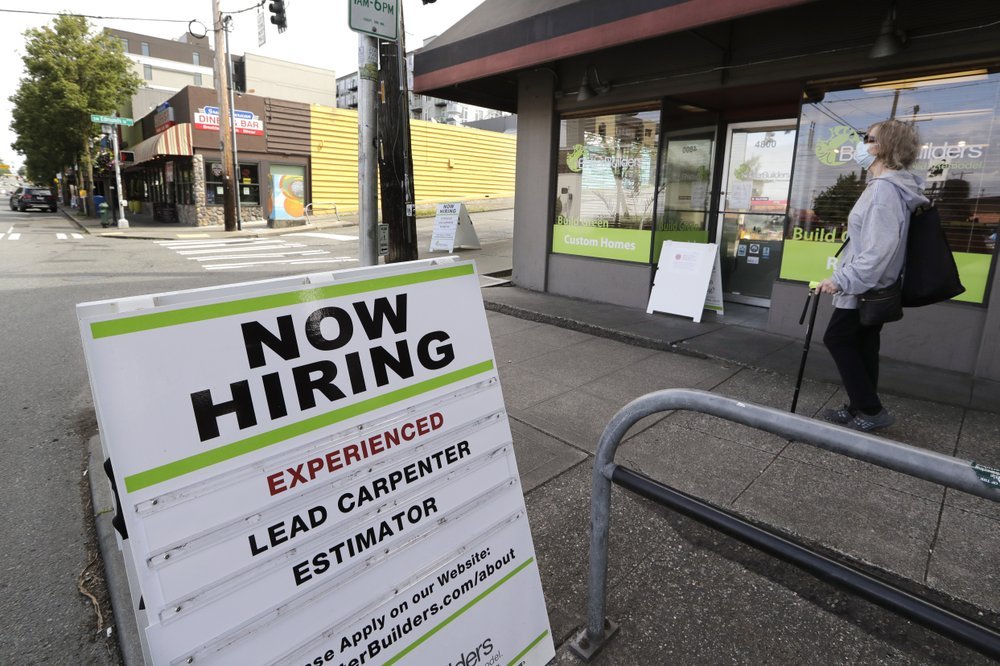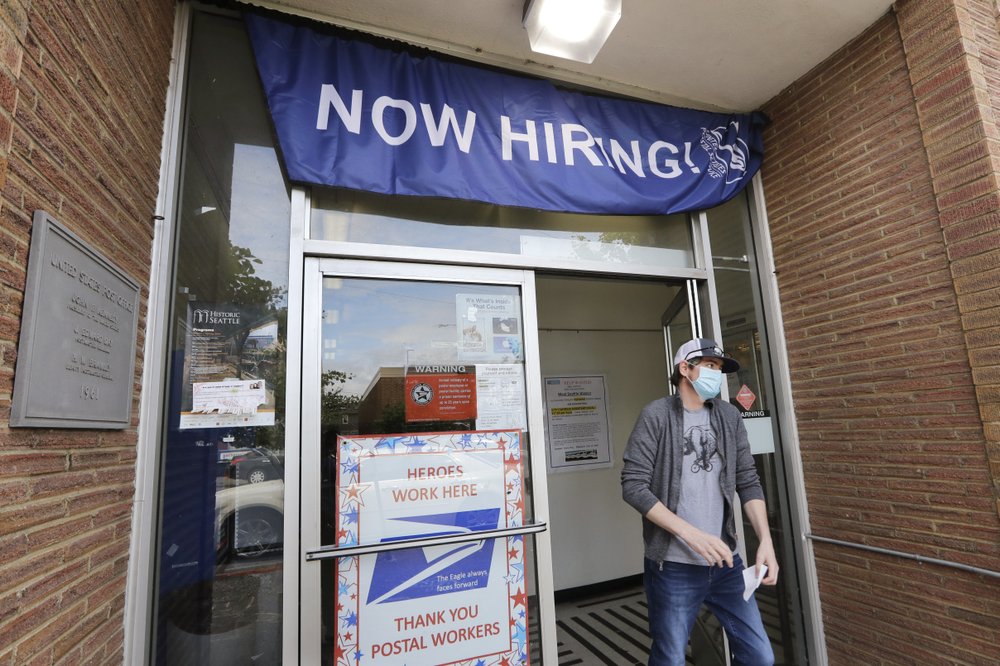1.
5 Million workers recently laid-off applied for U.S. unemployment benefits last week, proving that many Americans continue to lose jobs even if the economy seem to be slowly recovering.
The Labor Department released the latest figures, showing the 10th straight weekly decline in applications for jobless aid since its peak when the coronavirus hit hard in mid-March.
However, the number of people receiving unemployment aid slightly fell, meaning those who were laid off when businesses were shut down due to the pandemic have been recalled to work.
Job reports last week showed that employers added 2.5 million jobs last May, suggesting that the job market has reached the bottom.
While the economic recovery has slowly begun, yet only one in nine jobs lost last March and April has returned, and unemployment rate is still high at 13.3%.
Currently, 21 million people are officially classified as unemployed.
Factoring in those who lost jobs but did not search for new ones and those whom the government said were erroneously categorized as employed in the May jobs report, economists estimate 32.5 million people are out of work.
Additional 706,000 people applied for jobless benefits last week according to Thursday’s report, under a new program for self-employed and gig workers that made them eligible for aid for the first time.
The government did not include them in the official count, as these figures were not adjusted for seasonal variations.
The National Bureau of Economic Research, the association of economists that is the official arbiter of recessions, said that the economy started to fall into a deep recession in February.
On Wednesday, the Federal Reserve estimated that the economy would shrink 6.5% this year.
Jobless Americans have been receiving significant support from unemployment benefits, with total payments reaching $94 billion in May, including an additional $600 a week from the federal government.



